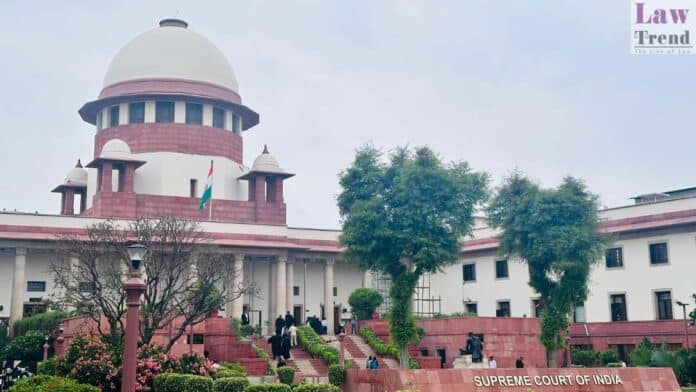In a significant move, the Supreme Court directed former Amtek Group chairperson Arvind Dham to surrender to jail authorities by 10 AM on April 8, following his involvement in a Rs 2,700-crore bank fraud case. The directive was issued by a bench consisting of Chief Justice Sanjiv Khanna and Justices Sanjay Kumar and K V Viswanathan, who expressed their dissatisfaction with Dham’s plea for an extension or interim bail for medical tests.
The bench critically noted that Dham had already undergone an angiography test recently and questioned the necessity of repeated tests. “How many times he has to undergo the angiography test?” the bench remarked, emphasizing that Dham should surrender and could pursue further medical tests while in custody if necessary. “This is not done… We will not become a party to all this. You surrender. If needed, you can go for the test in custody,” stated the CJI.
Senior Advocate Kapil Sibal, representing Dham, argued that his client’s trial related to the Enforcement Directorate’s (ED) money laundering case should be paused to address his health concerns. Sibal mentioned that if no surgery was required post-test, Dham would comply and surrender as directed.
The Supreme Court, however, was firm in its stance, allowing Dham to choose a private hospital for his angiography at his own expense and stating that if surgical intervention was necessary, he could apply for interim bail.
This legal development follows the Delhi High Court’s decision to extend Dham’s interim bail on medical grounds until April 7. Recently, the ED has provisionally attached fresh assets worth over Rs 550 crore belonging to Amtek Group firms, currently insolvent, in connection with the alleged bank loan fraud.
The ED’s ongoing investigation under the Prevention of Money Laundering Act (PMLA) began following Supreme Court orders on February 27, 2024. The probe highlights the substantial losses faced by public sector banks due to fraudulent activities allegedly led by Dham, including deceitful manipulation of financial statements and creation of bogus assets. This has resulted in significant financial damage, with banks taking over 80% losses on their loan exposures to the group.







